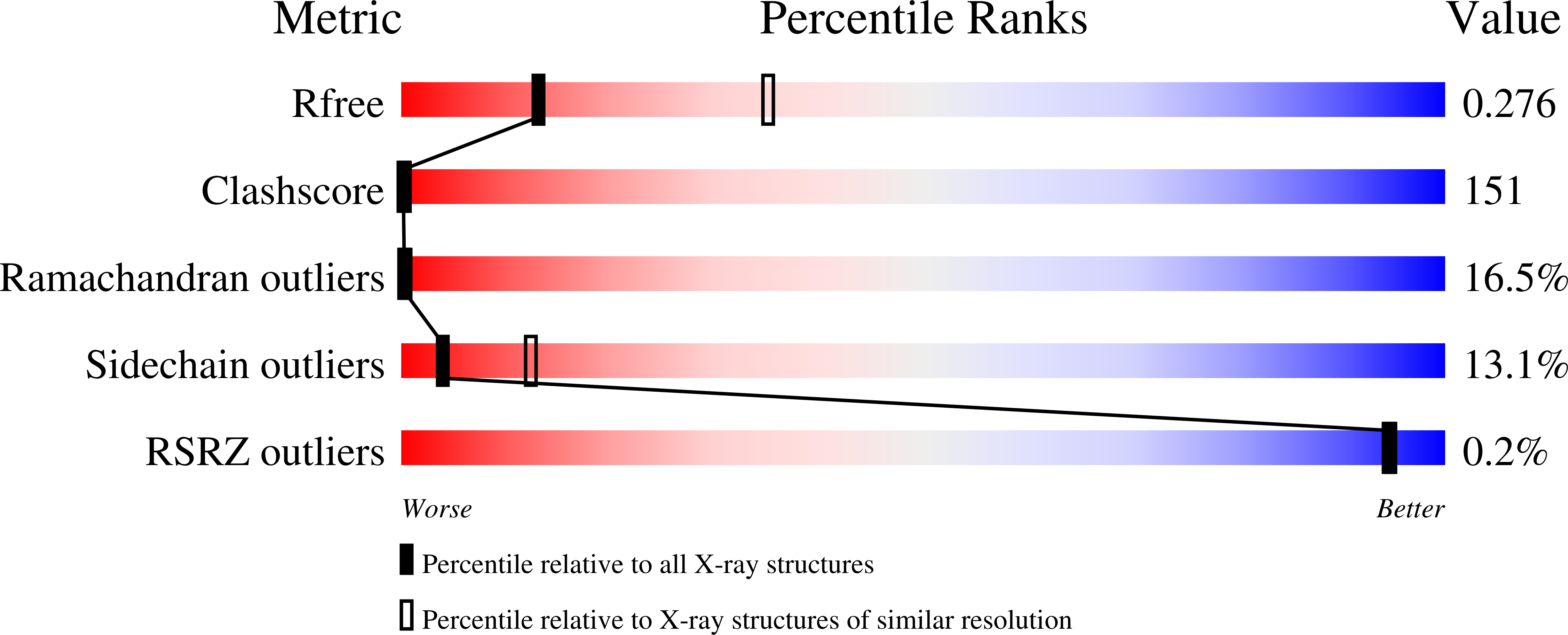
Deposition Date
2004-07-29
Release Date
2004-09-07
Last Version Date
2024-05-29
Entry Detail
PDB ID:
1WNC
Keywords:
Title:
Crystal structure of the SARS-CoV Spike protein fusion core
Biological Source:
Source Organism:
SARS coronavirus (Taxon ID: 227859)
Host Organism:
Method Details:
Experimental Method:
Resolution:
2.80 Å
R-Value Free:
0.27
R-Value Work:
0.23
R-Value Observed:
0.23
Space Group:
C 1 2 1


